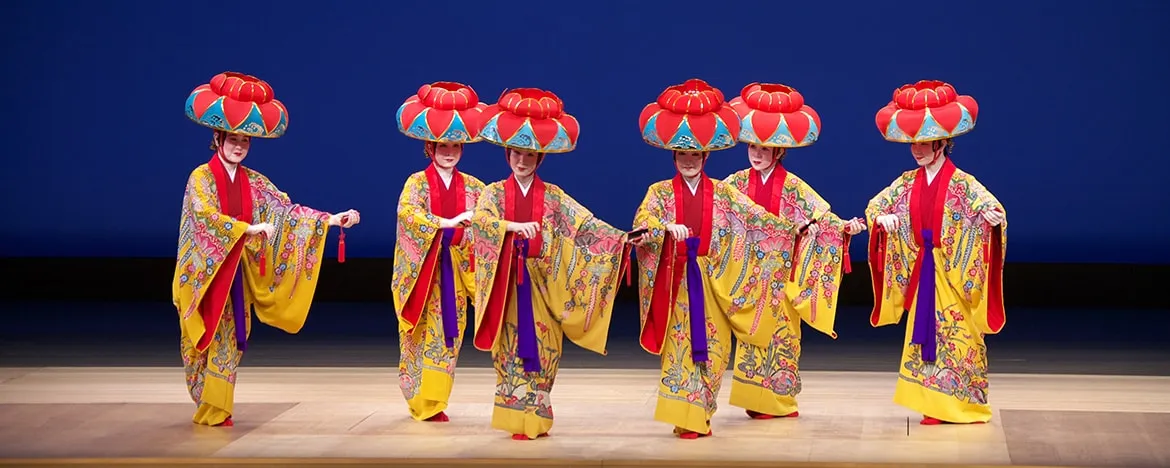Preserving the Art and Music of Okinawan Culture
Okinawa, a tropical paradise located in the southernmost part of Japan, is not only known for its stunning beaches and rich history, but also for its unique art and music that have been passed down through generations. The art and music of Okinawan culture are deeply intertwined with the island’s history, traditions, and way of life. However, in today’s fast-paced world, there is a growing concern about the preservation of these cultural treasures.
Okinawan art is a vibrant and diverse mix of traditional Japanese and Chinese influences, as well as the distinct culture of the Ryukyu Kingdom that once ruled the island. One of the most famous forms of Okinawan art is the intricate and colorful bingata dyeing technique, which is used to create beautiful textiles and garments. The island is also known for its unique pottery, lacquerware, and glassware, all of which reflect the craftsmanship and creativity of the Okinawan people.
In addition to visual arts, Okinawa is also home to a rich musical tradition that includes a variety of traditional instruments and styles. The most famous of these is the sanshin, a three-stringed instrument similar to a banjo, which is often used in accompaniment to traditional Okinawan songs and dances. The music of Okinawa is characterized by its haunting melodies, intricate rhythms, and heartfelt lyrics that often speak of love, nature, and the struggles of everyday life.
Despite the cultural significance of Okinawan art and music, there are concerns about their preservation in the face of modernization and globalization. As young Okinawans increasingly move away from their cultural roots and traditional practices, there is a risk that these art forms may be lost to future generations. Additionally, the rapid development of the island and the influence of Western culture pose challenges to the continuation of traditional arts and music.
To combat these threats, efforts are being made to preserve and promote Okinawan art and music within the local community and beyond. Organizations such as the Okinawa Traditional Performing Arts Preservation Society work to educate people about the importance of traditional arts and provide opportunities for young people to learn and practice these ancient traditions. Additionally, cultural events and festivals showcase the beauty and diversity of Okinawan art and music, attracting tourists and raising awareness about the island’s unique cultural heritage.
Individual artists and musicians are also taking steps to ensure the survival of Okinawan art and music by passing down their skills and knowledge to the next generation. By teaching workshops, performing at events, and creating new works that blend traditional and contemporary influences, these artists are keeping the spirit of Okinawan culture alive and relevant in the modern world.
In conclusion, the art and music of Okinawan culture are precious treasures that must be preserved and cherished for future generations. By supporting local artists, attending cultural events, and learning about the traditions of the island, we can all play a role in safeguarding the rich heritage of Okinawa. Only by recognizing and valuing these unique art forms can we ensure that they continue to inspire and captivate audiences for years to come.

